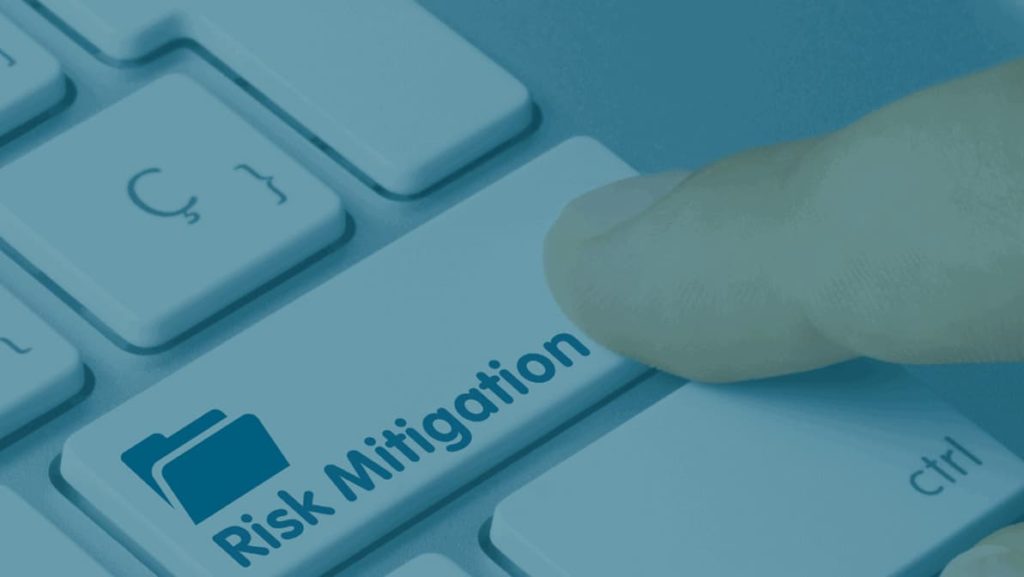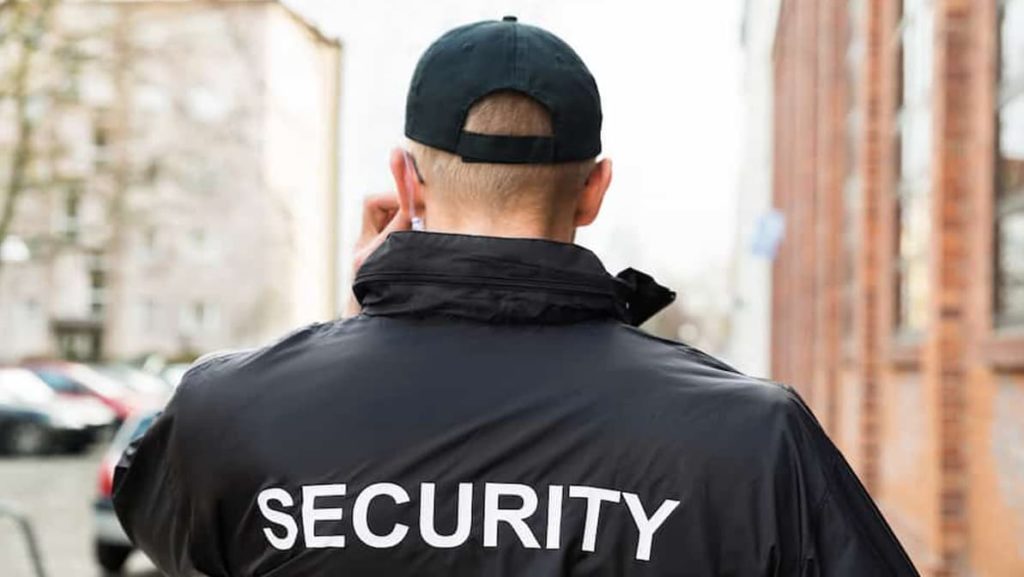Physical security companies have a lot to manage when it comes to compliance. Where they operate, how they operate, and the clients they contract with all impact what a security guard company has to do in order to maintain compliance.
Our team has spoken in length about compliance for just about every topic – training, insurance, access control, business taxes, and more.
Out of everything we’ve been tracking, we’ve found three essential areas where physical security companies must use an action plan for risk mitigation: the location of operation, the industries they support, and the clients they contract with. Here are the strategies we recommend for these three areas.
Location of Operation
Physical security operators choose their base of operations for many reasons – just like any other business. The stage or size of their business – whether they’re a startup or a conglomerate, local and state tax rates, or if they’re a branch of a larger firm all play a part. At times, location can be based on convenience or on necessity. Regardless, where a company has established its roots or its homebase determines the regulations – and taxes – that must be adhered.
Operating in different states, or in a state with stringent regulations like California, means that different laws require officers to have different training and certifications, among other things.
Action Plan:
Since guard licences are dependent on the right training, having access to supportive officer training programs will help when developing or collecting appropriate location-based resources for officer training and certifications.
Sidenote: >> Your team training resources are only as good as the system they’re uploaded to. When physical security leaders design their training programs to be specific to their core business and business location(s), they’re keeping in mind how their officers will access those resources. Maintaining team communication is one way; the other is providing 24/7 access through a configurable training module.
When training supervisors, however, a different approach must be made all together. Supervisors are the “backbone” of your officer success. As tracking and monitoring guard activities and site incident reports go, how they’re trained will make or break your site’s day-to-day activities.
Lastly, evaluating training compliance measures based on location is one thing. Maintaining compliance to appropriate tax and payroll rates are another. Our team just so happens to be payroll and onboarding experts. This means that we’re particularly knowledgeable when it comes to the taxes, benefits, and laws that all businesses must take. For physical security, it’s essential that payroll supervisors and hiring managers take into account the state of operation as well as the required deductions for each employee’s paycheck.
Since this is a fluctuating area that varies per operation, plus a costly task if done inappropriately, we recommend speaking with our experts for specific solutions to your business’s needs.
Supporting Different Industry Requirements
Depending on the industry physical security specializes in – such as retail, education, industrial, residential, commercial – each will require officers to have site-specific skills that vary based on site need.
Action Plan:
If working in a residential setting, hiring managers must have their guards use soft skills, such as those gained through customer service or emotional intelligence training for security guards.
Physical security operations working in healthcare settings, for example, must adap their guard training to perform specialized COVID-19 pre-screening like temperature screening, monitoring personal protective equipment (PPE) usage and physical distancing, managing building occupancy, and controlling crowd surges.
Sidenote: >> So an industry post you’ve contracted requires armed guards – how can you ensure your officers remain compliant? Here are 4 armed guard tips physical security operators should know.
Other areas that always impact healthcare security is the need to communicate with local law enforcement as well as other emergency services. Having top communication methods, like with the aid of a Security Operations Center (aka “GSOC” or “Command Center”), not only improves team collaboration, but ensures that operations don’t run the risk of mishandling a critical event. If supervisors are unaware of an incident in real-time – or the proper procedures for handling – then physical security operators may be held up in unwanted litigation. This is where incident report handling kicks in.
Upholding Client Contract Requirements
Clients have various reasons for contracting with a third-party physical security team. client clients also have different expectations that each contracted team must fulfill. This includes working alongside a CISO’s (Chief Information Security Officer) risk mitigation and business continuity plans.
CISOs have much more than physical security to manage. Their role requires that they figure out security logistics for employee safety, property management, asset management, cybersecurity threats, and more. Third-party physical security teams play a large role in helping them mitigate risk. As clients ramp up their Enterprise Security Risk Management programs, they look to physical security teams to help ensure their operations maintain compliance.
Action Plan:
Monitoring the right security guard activities ensures that not only are supervisors tracking your team’s actions, but that those actions your team takes uphold your end of the contract.
Remember – effective guard management will ensure your team works as one unit and that sites are properly secured at all times. Track incomplete guard tours so that clients won’t question why your officers aren’t doing their jobs. Crack down on incomplete reporting to prevent misunderstandings and document truthful information.
So What Can Physical Security Operators Do to Improve Compliance and Reduce Risk?
Reducing risk can be challenging; but by going on the right track, any physical security company can make use of best practices and save themselves the headache of potential litigation and costly fines.
First, ensure best incident and activity report practices. Your team must know what to write and how to write a report. This often means using a templated reporting system for standardized responses.
Second, uphold training and certifications. Keep track of expired or expiring guard certifications and training by using configurable training modules.
Third, use GPS for remote monitoring jobs and Lone Worker Protection. GPS and Geolocation technologies enhance remote guard monitoring in real-time. This means supervisors never miss an alert or notification if a guard has missed a checkpoint or hasn’t completed a tour. Utilize the support of systems integrated with Lone Worker Protection technology right out of the box. Lone Worker Protection provides immediate assistance and peace-of-mind to officers working on sites remotely or during unsafe times.
Fourth, maintain proper payroll procedures. Payroll standards are constantly changing; and with it, are the ways in which physical security operators are ensuring their payroll systems mitigate potential tax exposures. Partnering up with a solution expert for employee payroll is the easiest way to know that all wage and labor regulations are followed to a “T”.



